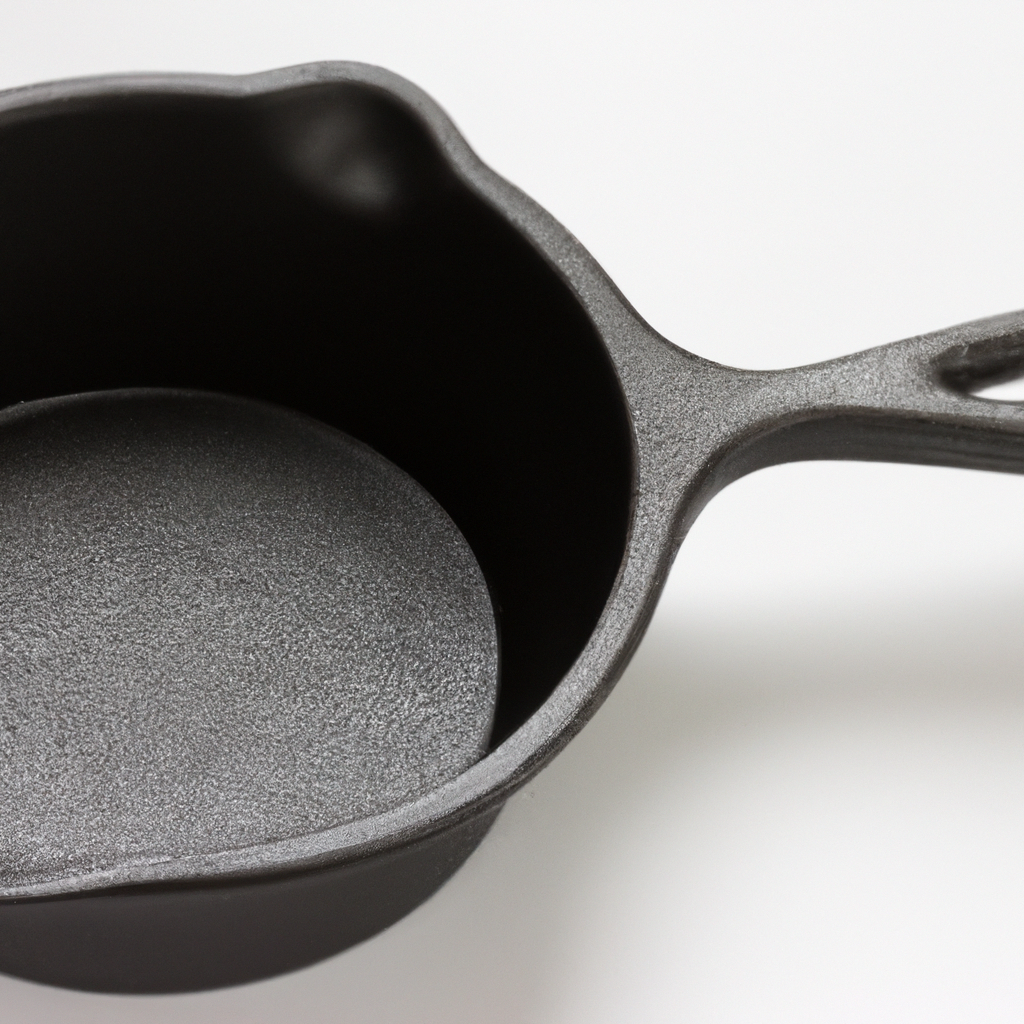The Ultimate Guide to Cleaning and Caring for Your Cast Iron Pan
The Ultimate Guide to Cleaning and Caring for Your Cast Iron Pan
Are you a food lover who enjoys cooking with cast iron pans? If so, then you know that these versatile kitchen tools require special care and attention to keep them in top condition. In this ultimate guide, we will explore the best methods and products for cleaning and caring for your cast iron pan, ensuring that it remains a cherished part of your culinary arsenal for years to come.
Why Cast Iron Pans are Worth the Effort
Before we dive into the details of cleaning and caring for your cast iron pan, let's take a moment to appreciate why these pans are worth the extra effort. Cast iron pans are known for their exceptional heat retention and distribution, making them ideal for achieving a perfect sear or a crispy crust. They are also incredibly durable and can last for generations if properly cared for. Plus, cooking with cast iron can even increase your iron intake, providing a health benefit along with delicious meals.
The Importance of Proper Cleaning
One of the most important aspects of caring for your cast iron pan is ensuring that it is properly cleaned after each use. This not only helps to remove any food residue but also prevents the build-up of oils and fats that can turn rancid over time. The key to cleaning your cast iron pan is to strike a balance between removing any stuck-on food and preserving the seasoned layer that gives the pan its non-stick properties.
Step 1: Scrubbing Away Food Residue
Start by using a stiff brush or a non-abrasive scrubber to remove any food residue from your cast iron pan. Avoid using soap at this stage, as it can strip away the seasoning. Instead, focus on using hot water and gentle scrubbing to loosen any stuck-on bits. For stubborn residue, you can try adding a bit of coarse salt to act as an abrasive.
Step 2: Dealing with Stubborn Stains
If you have any stubborn stains or burnt-on food that won't come off with scrubbing alone, you can try using a paste made from equal parts baking soda and water. Apply the paste to the stained area and let it sit for a few minutes before scrubbing again. This gentle abrasive should help lift away the stains without damaging the seasoning.
Step 3: Rinsing and Drying
Once you have removed all the food residue and stains, rinse your cast iron pan thoroughly with hot water. Make sure to remove all traces of the cleaning paste or salt. Then, pat the pan dry with a clean towel or paper towel. It's important to dry your cast iron pan completely to prevent any moisture from causing rust.
Seasoning Your Cast Iron Pan
After cleaning your cast iron pan, it's essential to re-season it to maintain its non-stick properties and protect it from rust. Seasoning involves applying a thin layer of oil to the pan and then heating it to create a polymerized coating. This coating not only enhances the pan's non-stick properties but also helps to prevent rust.
Step 1: Choosing the Right Oil
When it comes to seasoning your cast iron pan, it's important to choose the right oil. Many people swear by using vegetable oil or canola oil, but you can also use other oils like flaxseed oil or coconut oil. The key is to choose an oil with a high smoke point, as the pan will be heated to a high temperature during the seasoning process.
Step 2: Applying the Oil
To apply the oil, start by heating your clean, dry cast iron pan on the stovetop over low heat. Once the pan is warm, pour a small amount of oil into the pan and use a paper towel or a brush to spread it evenly across the cooking surface, including the sides and handle. Be sure to use a minimal amount of oil you want a thin, even layer, not a pool of oil.
Step 3: Heating the Pan
After applying the oil, increase the heat to medium and let the pan heat up for about 10 minutes. This will allow the oil to polymerize and form a protective coating. You may notice some smoke during this process that's normal. Just make sure your kitchen is well-ventilated.
Step 4: Cooling and Storing
Once the pan has cooled down, it's ready to be stored. Make sure to wipe away any excess oil with a paper towel before storing to prevent it from becoming sticky. Store your cast iron pan in a cool, dry place to prevent moisture from causing rust.
Additional Tips for Cast Iron Pan Care
Now that you know how to clean and season your cast iron pan, here are a few additional tips to help you keep it in top condition:
- Never soak your cast iron pan in water or leave it to air dry. This can cause rust to form.
- Always dry your cast iron pan thoroughly after cleaning to prevent moisture from causing rust.
- Avoid using soap or harsh detergents on your cast iron pan, as they can strip away the seasoning.
- If your cast iron pan develops rust, you can remove it by scrubbing with steel wool and then re-seasoning the pan.
- Regularly re-season your cast iron pan to maintain its non-stick properties and protect it from rust.
By following these tips and techniques, you can ensure that your cast iron pan remains a beloved and reliable tool in your kitchen for years to come. Happy cooking!
 Oct06.chat.1pass.food and nature lover.cast iron pan soap
Oct06.chat.1pass.food and nature lover.cast iron pan soap

